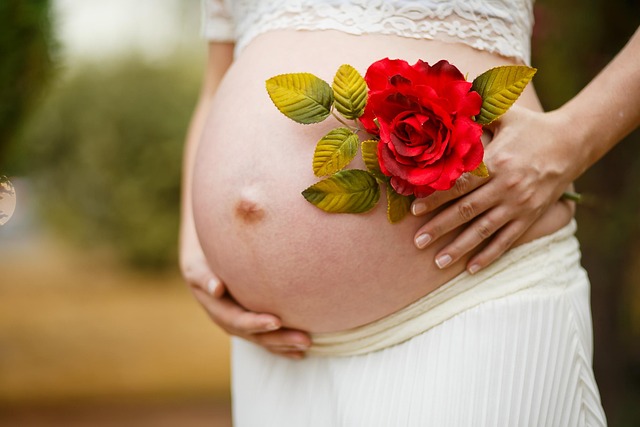Endometriosis is a condition that impacts roughly 10% of women in the UK, yet many remain unaware of its effects. Symptoms can often be mistaken for typical menstrual discomfort, which makes it easy to dismiss the signs of endometriosis as something less significant. Alarmingly, the average time to receive a diagnosis is about eight years. Identifying the symptoms early is crucial for obtaining the appropriate treatment and support.
What is Endometriosis?
Endometriosis occurs when tissue similar to the uterine lining grows outside the uterus, frequently affecting the pelvic region. It may also develop on the ovaries and other pelvic organs like the bowel or bladder. Rarely, it can be found in other areas of the body, such as the brain or lungs. The exact cause of endometriosis is still unknown, and while some individuals experience severe pelvic pain during menstruation, others may have no symptoms at all.
Stages of Endometriosis
Endometriosis is categorized into four stages based on the location, size, and depth of the tissue growth:
- Stage One (Minimal): Small patches of endometriosis that cause localized inflammation.
- Stage Two (Mild): Light lesions and shallow tissue growth on the ovaries and pelvic lining.
- Stage Three (Moderate): Deeply embedded implants found on the ovaries and pelvic lining.
- Stage Four (Severe): Advanced stage with extensive deep implants affecting the pelvic lining, ovaries, and potentially the fallopian tubes and bowels.
Symptoms of Endometriosis
The symptoms can range from mild to severe, often resulting in considerable pain, especially during menstruation. Common symptoms include:
- Pelvic Pain: The primary symptom, often linked to menstrual cycles, with intensity that may increase over time.
- Painful Intercourse: Discomfort during or after sexual activity, particularly during menstruation.
- Bowel and Urination Pain: Endometrial cells on the bladder or bowel can mimic irritable bowel syndrome (IBS) symptoms, such as bloating and constipation.
- Excessive Bleeding: Heavy periods with clotting are common, with increased bleeding as tissue grows.
- Leg and Pelvic Pain: Abnormal tissue growth can compress pelvic nerves, causing pain in the legs and pelvis.
- Persistent Fatigue: Almost half of those with endometriosis report fatigue, often coupled with insomnia, anxiety, or stress.
- Intermenstrual Spotting: Light bleeding or spotting between periods may indicate additional growth of endometrial tissue.
- Coughing Blood: In rare instances where endometriosis affects the lungs, coughing up blood can occur.
If you have any questions or concerns about endometriosis and its implications for fertility, our team is here to support you. You might also find our blog post about holiday gifts for kids helpful!
In summary, understanding the signs of endometriosis is vital for early diagnosis and treatment. If you’re looking for more information on this topic, check out resources like March of Dimes for pregnancy and home insemination or Make a Mom for insights on at-home insemination kits.

